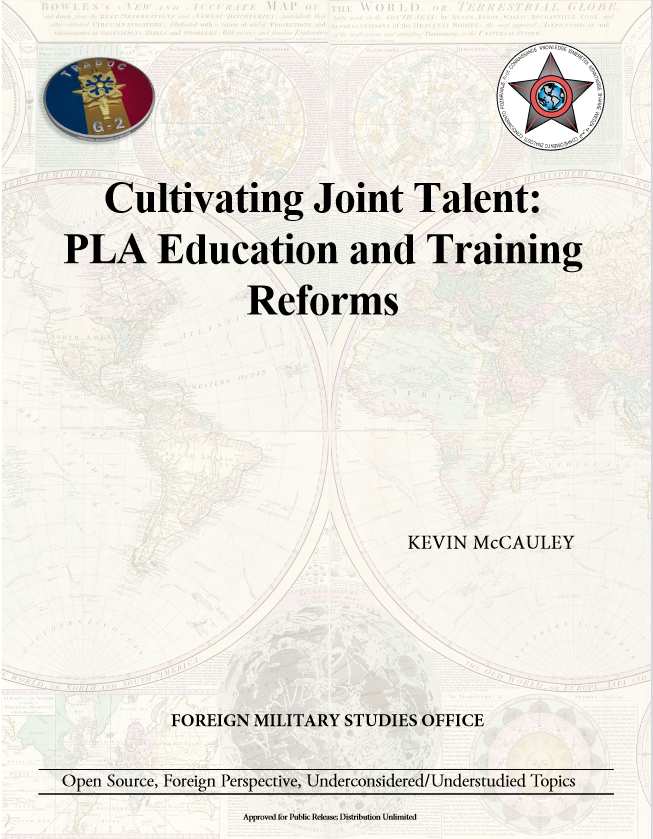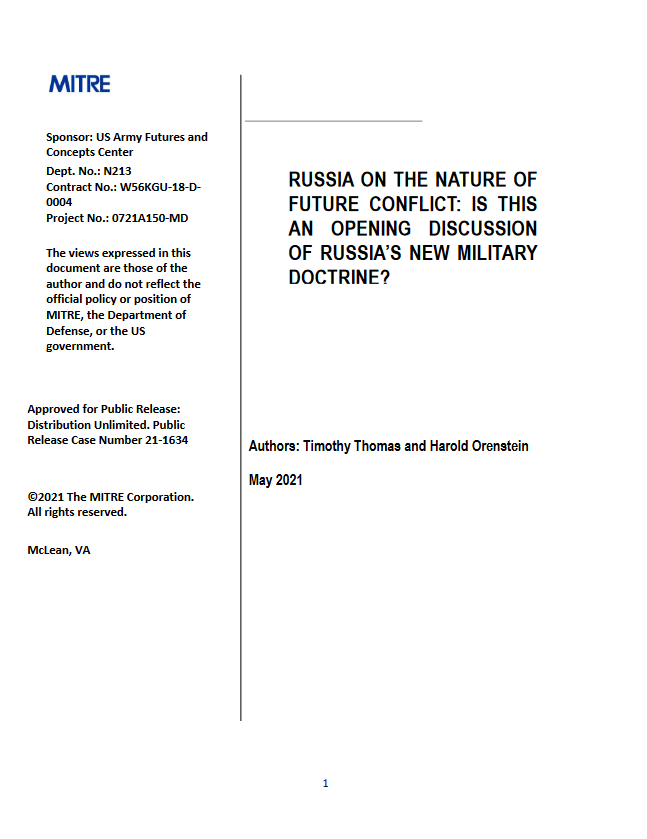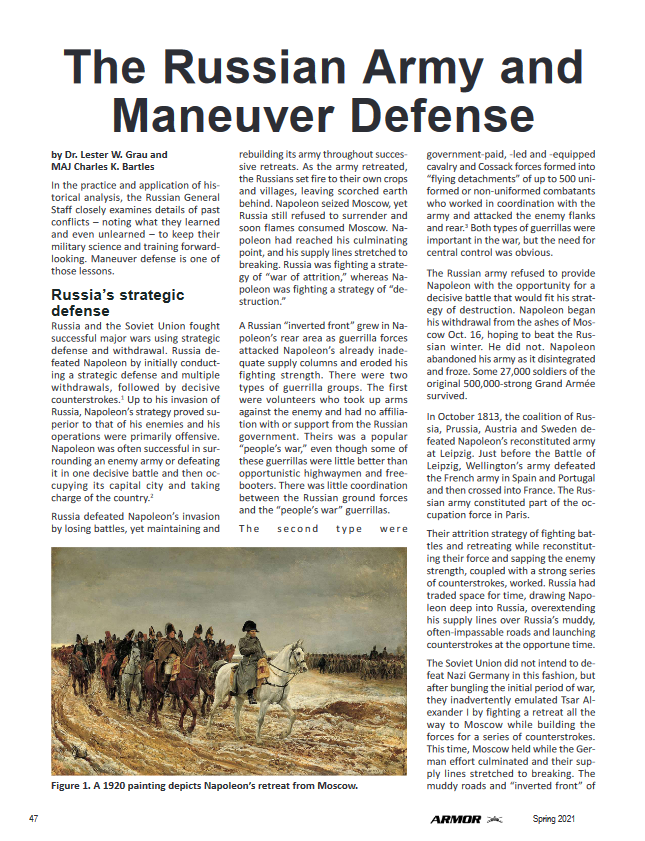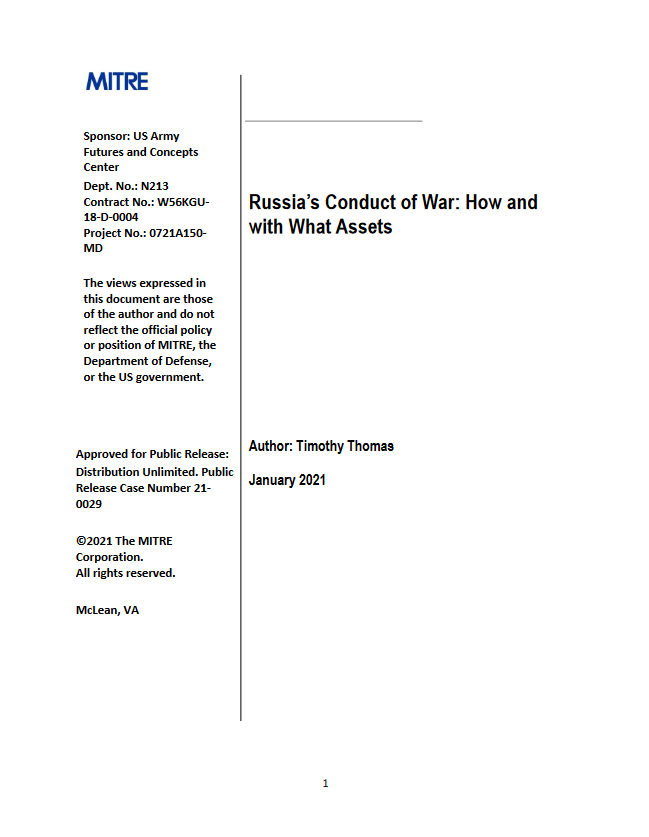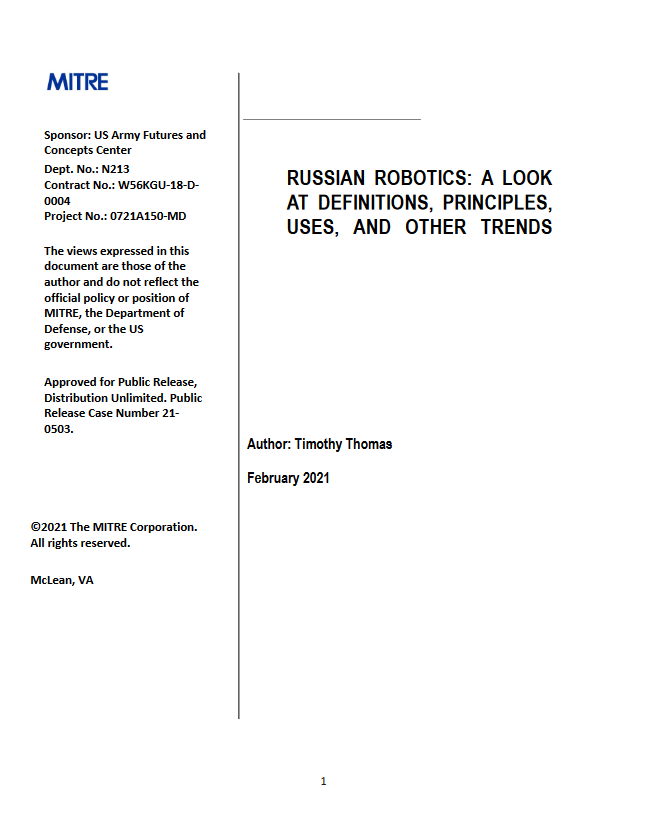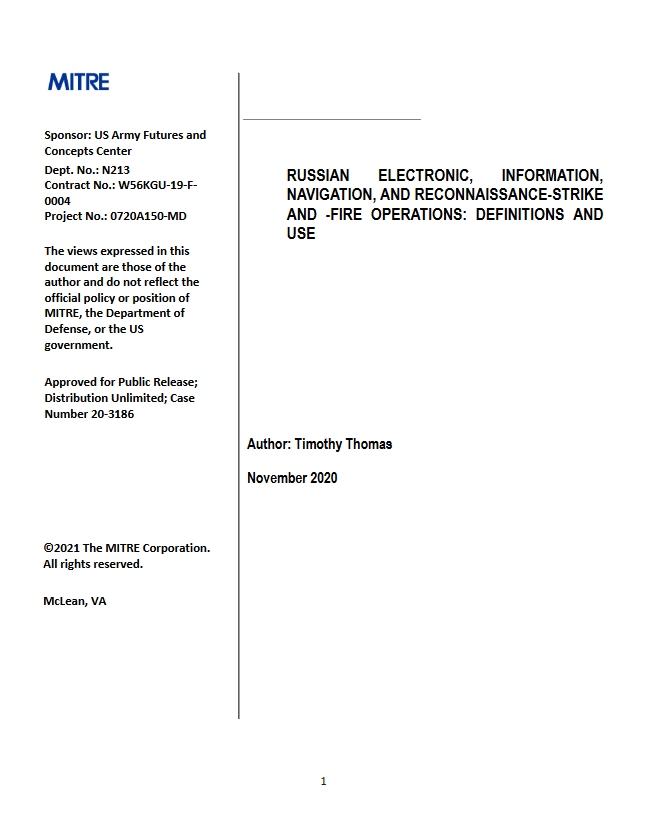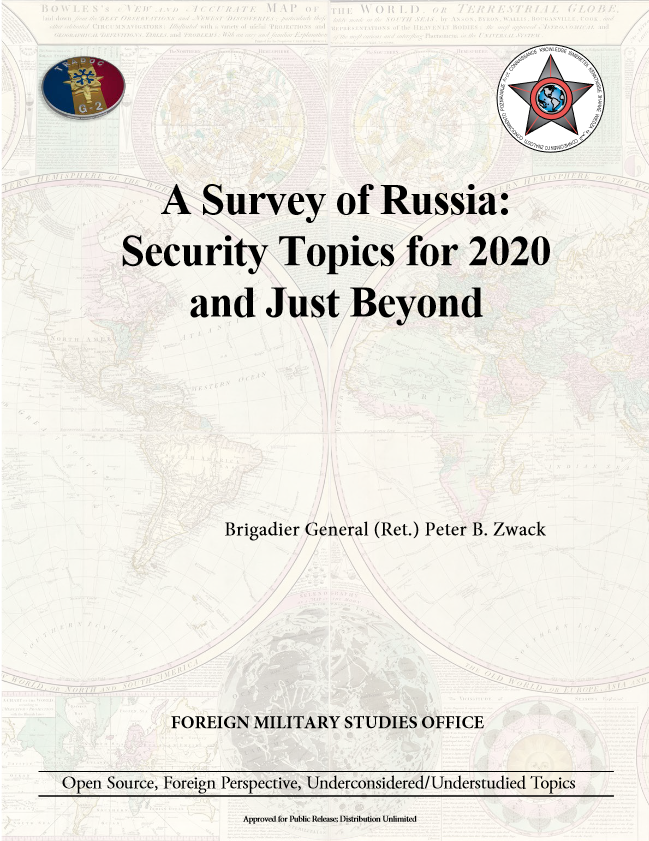(Click image to download brief.)
Since Central Asian states gained independence in 1991, new regional military and security alliances have been created (some of which are Russian-led), new military partnerships with non-NATO countries have been established, a number of joint military exercises have been conducted, dozens of high-profile incidents of violence and civil unrest have taken place, and military installations have been used by foreign militaries. While this activity gained attention, it has not been collectively compiled. A compilation of this activity can serve as a guide for current and future military and security involvement in Central Asia.
The first section of the compendium is organized alphabetically and includes entries on Central Asian military facilities and installations (bases, air fields, etc.), and military and security organizations past and present. The second section is also organized alphabetically and includes joint exercises of regional militaries and security forces (Note: the exercises are organized alphabetically by the title of exercise and then chronologically if the exercise was part of a series or conducted annually; the names of some exercises are transliterated from Russian, ex. Tsentr, Grom, Poisk, etc., and these are also listed alphabetically with names of the exercises in English; the untitled joint exercises are listed last and are organized chronologically). The third section is a list of Central Asian military and security structures and other (non-joint exercises) security cooperation activity organized by country. The fourth section is a list of major incidents of violence and civil unrest in Central Asia organized by country and then chronologically.

